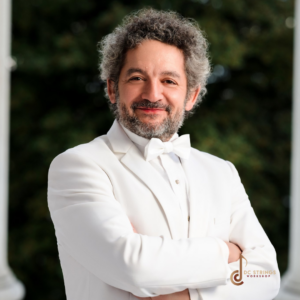
DAVID MARTÍN
David Martín, born in León, Spain in 1995, entered the Higher School of Music Reina Sofía as a cellist in the 2013-14 academic year under

David Martín, born in León, Spain in 1995, entered the Higher School of Music Reina Sofía as a cellist in the 2013-14 academic year under

Conductor Julien Benichou is making his mark as a champion for the future of classical music. Currently, Benichou is the Artistic Director of the Washington

Ayanna Freelon is a classically trained Soprano from Grenada, Mississippi. She received her Bachelor of Arts in Music with a Minor in Theatre from Texas
Subscribe to our newsletter and stay up to date with our latest performances and news.
EIN: 81-4763454
FINANCIALS
© DC Strings Workshop 2025